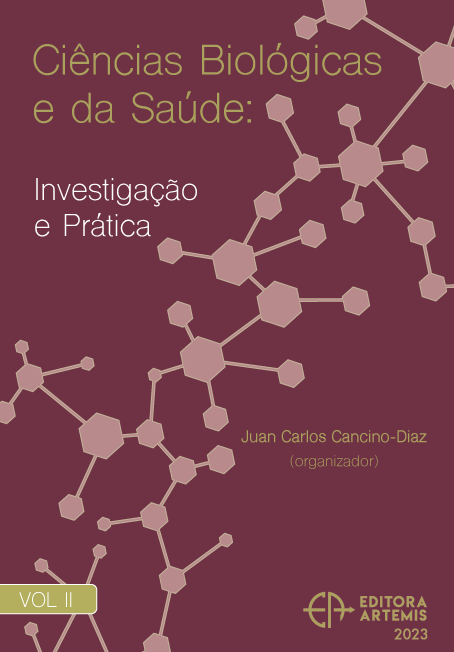
HORMESIS UNDER OIL-INDUCED STRESS IN CLITORIA SPP USED FOR FORAGE PROTEIN PRODUCTION IN SOUTHEASTERN MEXICO
The oil industry is an activity with inherent risks of environmental emergencies due to oil spills and their derivatives. A study was carried out under micro-tunnel conditions for 120 days with the objective of investigating the hormetic effect of oil in 12 variables during the three phenological stages of two species of a legume. A completely randomized experimental design was established with a trifactorial arrangement, two plant species (Clitoria sp and Clitoria ternatea), five doses of medium fresh oil (0, 3, 10, 20 and 30 g/kg) and three exposure times according to phenological stage (days 30: growth, 75: flowering, and 120: fructification). The results show means with statistical differences in each exposure time in all the variables evaluated. Hormesis occurred in the three phenological stages in the two legumes, it occurred in 17 of the 36 dose-response combinations, both in Clitoria sp and C. ternatea, which represents 47.2% of the evaluated combinations, it was also found in 11 combinations, 30.5%, the phytotoxic effect of oil represented by the inverse dose-response relationship. The use of both species is recommended because of their adaptability and tolerance to medium crude oil and also because it accumulate crude protein in the foliage and in the pod.
HORMESIS UNDER OIL-INDUCED STRESS IN CLITORIA SPP USED FOR FORAGE PROTEIN PRODUCTION IN SOUTHEASTERN MEXICO
-
DOI: 10.37572/EdArt_25022375010
-
Palavras-chave: Petroleum hydrocarbons, nodule, phenological stage, Leguminous.
-
Keywords: Petroleum hydrocarbons, nodule, phenological stage, Leguminous.
-
Abstract:
The oil industry is an activity with inherent risks of environmental emergencies due to oil spills and their derivatives. A study was carried out under micro-tunnel conditions for 120 days with the objective of investigating the hormetic effect of oil in 12 variables during the three phenological stages of two species of a legume. A completely randomized experimental design was established with a trifactorial arrangement, two plant species (Clitoria sp and Clitoria ternatea), five doses of medium fresh oil (0, 3, 10, 20 and 30 g/kg) and three exposure times according to phenological stage (days 30: growth, 75: flowering, and 120: fructification). The results show means with statistical differences in each exposure time in all the variables evaluated. Hormesis occurred in the three phenological stages in the two legumes, it occurred in 17 of the 36 dose-response combinations, both in Clitoria sp and C. ternatea, which represents 47.2% of the evaluated combinations, it was also found in 11 combinations, 30.5%, the phytotoxic effect of oil represented by the inverse dose-response relationship. The use of both species is recommended because of their adaptability and tolerance to medium crude oil and also because it accumulate crude protein in the foliage and in the pod.
-
Número de páginas: 25
- María del Carmen Rivera-Cruz
- Mariana Valier-Mago
- Antonio Trujillo-Narcía

